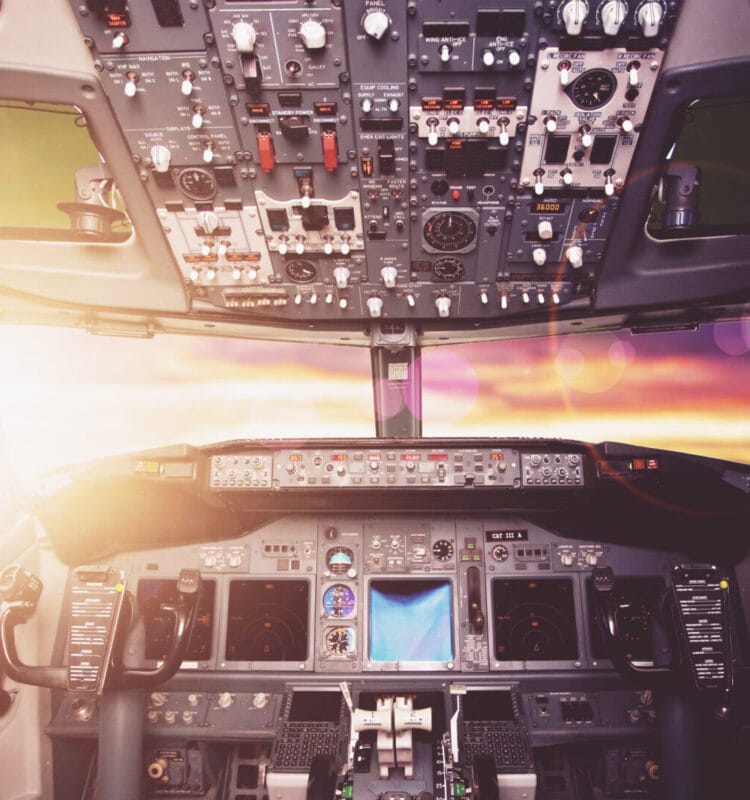EN


The aviation industry is always evolving, seeking new ways to enhance safety, efficiency, and performance. In this ever-changing landscape, Smart Eye harnesses innovative pilot training eye tracking technology to optimize human-machine interaction. In a recent aviation presentation, we shared some valuable insights into the potential and applications of this technology, unveiling key takeaways that could reshape the future of aviation.
Smart Eye’s eye tracking technology has the power to revolutionize aviation. By enabling researchers, pilots, and operators to gain unprecedented insights into human behavior, it’s possible to enhance both safety and performance, whether on the ground or soaring 30,000 feet above it.
Our commitment to advancing aviation and aerospace research is evident through the development of our advanced remote eye tracking systems. These systems are tailor-made for aviation and aerospace applications, including pilot monitoring and training. They provide unique insights into human behavior, setting a new standard for safety in the industry.
Aspiring pilots can refine their scanning techniques and prepare for future flights with eye trackers in flight simulators. The real-time data provided by our eye tracking systems can highlight areas where pilot recruits excel and where they need improvement, ultimately shaping highly skilled aviators.
Smart Eye’s technology has even earned the trust of NASA. The space agency has integrated our eye tracking technology into their Flight Deck Simulators and Research Flight Deck to monitor pilot state and behavior. It’s a testament to the technology’s reliability and applicability in high-stakes aerospace environments.
Understanding how pilots perceive and interact with automation is at the heart of human factors research. Our eye trackers provide researchers with the precision they need to study human factors like spatial disorientation and performance. This research not only enhances our understanding but also contributes to safer skies.
To offer a deeper insight into their technology, check out this recent comprehensive webinar we did on remote 3D head and eye tracking. Drawing from over two decades of experience in the industry, this virtual event recording clarifies the unique features and advantages of remote 3D multi-camera eye tracking in aviation research.
In today’s aviation landscape, roughly half of accidents are due to inadequate scanning in the cockpit. Smart Eye’s eye tracking technology plays a central role in pilot monitoring systems. By analyzing gaze movement, head pose, pupillometry, and eyelid movements, it’s adept at detecting distraction and drowsiness, enhancing overall flight safety.
Innovation in aviation and aerospace often involves collaboration. Organizations seeking to push the boundaries and drive progress should consider partnering with forward-thinking organizations like Smart Eye. From aviation research institutes, flight training academies, or an aerospace organizations to everything in between, our eye tracking solutions can help you to transform various aspects of aviation, from research to training and flight safety. Through integrating eye tracking solutions, organizations can enhance human-machine interaction, improve pilot performance, and ensure a safer journey for all.
In summary, with applications spanning pilot training, pilot monitoring, human factors research, and beyond, Smart Eye’s innovative eye tracking solutions are helping to redefine the aviation landscape, making it safer and more efficient than ever before.
Interested in eye tracking for pilot training? Download our Comprehensive Guide to Eye Tracking Technology for the Aviation Industry here, or contact us today to schedule a demo!
